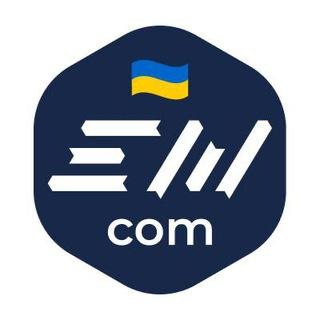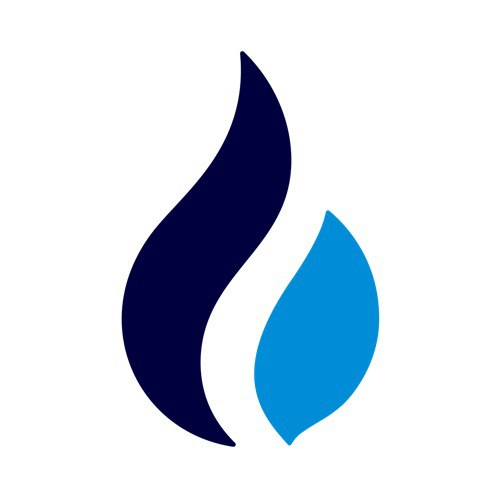
EURT
项目开始时间

2021年7月28日
关于
1. Background IntroductionTether (USDT) is a stablecoin cryptocurrency that aims to maintain a 1:1 peg with the US dollar. Launched in 2014, it is one of the oldest and most widely used stablecoins in the crypto market. Tether is operated by Tether Limited, a company closely associated with the Bitfinex cryptocurrency exchange. The primary purpose of Tether is to provide stability in the volatile crypto market by offering a digital asset pegged to a fiat currency.2. Core Content of the WebsiteThe website https://tether.to serves as the official platform for Tether, providing essential information about the stablecoin. Key sections include an overview of USDT, its use cases, transparency reports, and news updates. The site emphasizes Tether's role in facilitating fast, low-cost transactions across blockchain networks. It also highlights partnerships and integrations with various exchanges and wallets.3. Technical FeaturesTether operates on multiple blockchain networks, including Omni, Ethereum, Tron, and others, enabling cross-chain compatibility. The stablecoin uses a centralized model where Tether Limited holds reserves to back each USDT issued. The website provides periodic attestation reports to verify these reserves, though they have faced scrutiny over transparency. Tether's technical infrastructure focuses on stability, speed, and interoperability.4. Token EconomicsTether's tokenomics revolve around maintaining a 1:1 peg with the US dollar. The supply of USDT is adjusted based on market demand, with Tether Limited minting and burning tokens as needed. The company claims to hold equivalent reserves in cash, cash equivalents, and other assets. Revenue is generated through fees on transactions and services, though the exact details are not fully disclosed.5. Comparison with Similar CompetitorsTether's main competitors include other stablecoins like USD Coin (USDC), Dai (DAI), and Binance USD (BUSD). Compared to USDC, which is more transparent and regulated, Tether offers broader exchange support and higher liquidity. Dai, a decentralized stablecoin, contrasts with Tether's centralized model. BUSD, like USDC, emphasizes regulatory compliance but lacks Tether's market penetration.6. Risks and ChallengesTether faces significant risks, including regulatory scrutiny, concerns over reserve transparency, and potential depegging events. Past controversies include allegations of insufficient reserves and legal battles with regulators. The centralized nature of Tether also poses counterparty risk. Additionally, competition from more transparent stablecoins could erode its market dominance over time.7. Industry FutureThe stablecoin market is expected to grow as cryptocurrencies gain mainstream adoption. Tether's future depends on its ability to address transparency issues and regulatory compliance. Increased competition and potential central bank digital currencies (CBDCs) could challenge its position. However, Tether's first-mover advantage and liquidity may help it remain a key player in the short to medium term.8. SummaryTether (USDT) is a pioneering stablecoin with significant market influence but faces ongoing challenges related to transparency and regulation. Its website serves as a hub for information, though critics argue for greater disclosure. While Tether remains dominant, its future will hinge on adapting to an evolving regulatory landscape and competitive pressures. Investors and users should weigh its liquidity benefits against potential risks. 更多>




































 看多
看多
 看空
看空